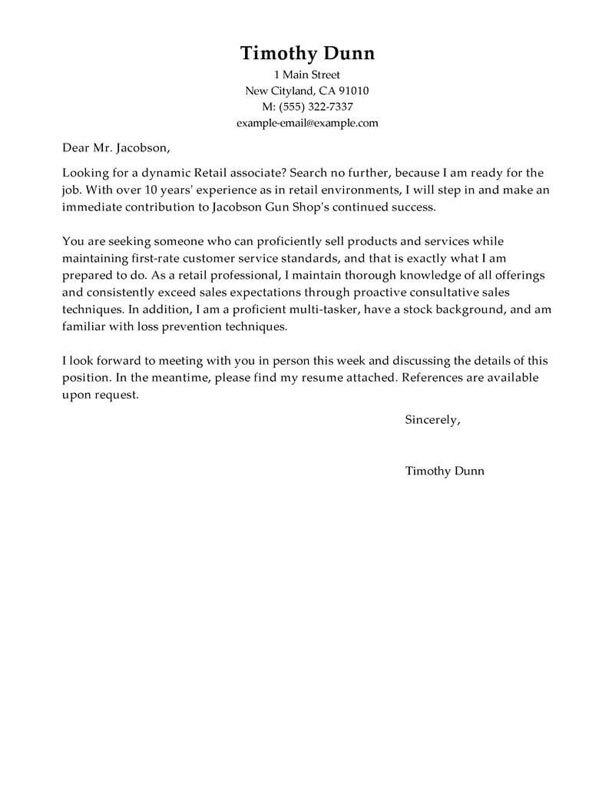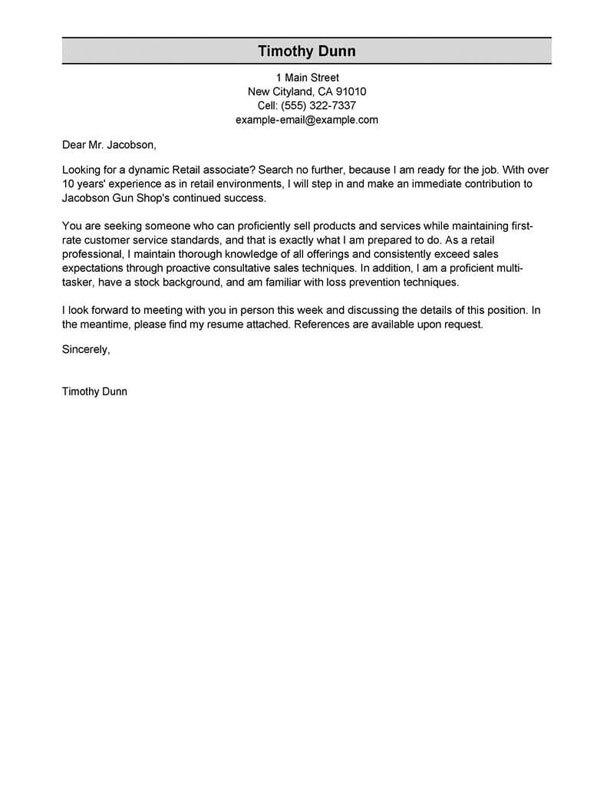TABLE OF CONTENTS
Vice President resume
summary examples
The resume summary is one of the first sections a recruiter will look at during their initial seven-second scan of your resume.
You want to quickly capture a recruiter’s attention by showcasing your top skills and qualifications in a concise two-to-three-sentence paragraph.
If you’re an experienced job seeker, you should opt for the professional summary, which focuses on how you meet the employer’s requirements.
Candidates with little to no work experience should choose the objective statement, which allows them to share their career goals and the skills that will help achieve them.
Below, we’ll share examples of professional summaries and resume objectives for the Vice President role so you can better understand them.
Good example:
“ Proven leader with 15+ years of experience driving successful operations in the plumbing industry. Successfully managed projects that increased efficiency and reduced costs by 20%. Expert in troubleshooting and maintenance of plumbing systems, with a focus on water conservation and aptitude.”
Why this example passes:
- Feature candidate’s success statistic to grab attention. Numbers add detail about how big the results you deliver are, e.g., test scores, passing rate and more.
- Shows career length, 11 years.
- Mentions employer-desired skills: student motivation and interactive lessons.
Bad example:
“ Experienced professional with a background in management and leadership. Possesses strong interpersonal skills and a passion for success. Committed to driving business objectives and developing a positive team environment.”
Why this example fails:
- Doesn’t include any numbers that quantify vice president’s performance
- Uses vague descriptions and skills.
- Doesn’t include years of teaching experience.
The fastest way to write your
professional summary
The last thing you want is to miss out on a job because you didn’t apply in time. That’s why you should check out our Resume Builder.
It’s automated and offers pre-written content to help you write an excellent professional summary. You can complete your entire resume in 15 minutes!
- 1
Enter the details about the job title you held. The builder comes preloaded with auto-suggested phrasing written by resume experts.
- 2
Then, just pick from these suggested phrases that best frame your experience and customize them to your liking!
- 3
All you have to do is choose the summary phrases that best frame your experience. It’s like having a professional do it for you!
Our Resume Builder is an ideal solution to all your resume-writing needs, but did you know that LiveCareer also offers professional resume-writing services? Take advantage of all the tools we have at your disposal and land your dream Vice President job!
The reviews are in!
See what they’re saying about us on Trustpilot.
Vice President resume work
experience examples
As an Vice President, your work experience section is crucial to convince employers you’re the best candidate. Picking job-relevant skills and achievements is vital to write a good resume since they must directly respond to the employer’s needs. The following work experience examples will help you identify the do’s and don’ts of writing this essential resume section.
Good example:
Rolling Meadows Middle School I Rolling Meadows, IL I 8/2018-current
- Led the development of innovative strategies that increased market share by 20% in the first year
- Established a team of 20+ members to manage customer relations and increased customer satisfaction by 15%
- Developed and implemented a comprehensive marketing plan that increased revenue by 10% in the first year
- Spearheaded the launch of new products that generated $1M in sales within the first 6 months of launch.
Why this example passes:
- Numbers and statistics add detail and quantify the results this vice president delivers: 4% improvement and a class size of 20-25.
- Good use of strong words and active language.
- References specialized value cahier provides with “individualized lesson plans.”
Bad example:
Emily Dickinson Elementary I Redmond, WA I 4/2022-present
- Worked as Vice President of Sales
- Oversaw the sales team
- Managed customer relationships
- Developed marketing strategies
Why this example fails:
- Lacks numbers or statistics.
- Describes general tasks, not teaching achievements or career highlights.
- Uses active verbs, but doesn’t focus on results.
Vice President resume skills examples
Here are 18 sample skills for vice president:
- Industry Best Practices
- Data Analysis
- Customer Service
- Account Management
- Operations Management
- Strategic Planning
- Lead Generation
- Business Development
- Resource Allocation
- CRM Software
- Budget Administration
- Market Research
- Proposal Writing
- Performance Monitoring
- Client Relationship Building
- Team Leadership
- Staff Development
- Process Improvement
You should sprinkle skills and abilities throughout your resume. Include them in your professional summary, work experience blurbs and a dedicated skills section.
Examples of additional resume sections
Every Vice President resume should have at least five sections: contact information, professional summary, work experience, skills and education. It can also be helpful to add extra sections if they show you’re a fit for the job.
Here are some examples of optional vice president resume sections that you could add to provide greater detail:
- References
- Languages
- Additional skills
- Certifications
- Accomplishments
- Additional information
- Timeline
- Overview
Including additional sections that help you convince employers you’re the best fit for the position. However, be selective about what qualifications you include, and eliminate any that don’t respond to the job’s specific requirements.
How to choose a resume format
0-3
Years of experience
Functional formats
- Focus on skills.
- Best for first-time vice president who lack work experience.
- Good for people re-entering workforce.
- May omit dates in the work history section.
Organization:
- Skills listed above work experience.
3-10
Years of experience
Combination formats
- Balance skills and work history.
- Ideal for mid-career vice president.
- Suitable for career changers and people seeking promotion.
Organization:
- Skills next to or above work experience.
10+
Years of experience
Chronological formats
- Put the most focus on work history.
- Best for vice president with a long, steady career.
- Most popular format.
- Preferred by recruiters.
Organization:
- Work experience listed above skills.
More Vice President resume examples
Featured in:*

*The names and logos of the companies referred to in this page are all trademarks of their respective holders. Unless specifically stated otherwise, such references are not intended to imply any affiliation or association with LiveCareer.





